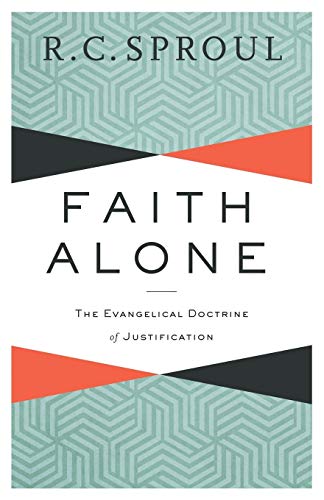Time and Place in Deuteronomy (JSOTS 179)
Written by J.G. McConville and J.G. Millar Reviewed By Carsten VangThis unintriguing title might lead someone to think that this book will be of interest to experts only. That is by no means true. Behind the somewhat anonymous heading, a very fascinating study is to be found. In several areas it gives necessary correctives to much contemporary understanding of Deuteronomy.
The book is composed of two essays, J.G. Millar writes on ‘Living at the place of decision: time and place in the framework of Deuteronomy’, while J.G. McConville focuses on the meaning of the so-called altar-law in Deuteronomy 12 in ‘Time, place, and the Deuteronomic altar-law.’ According to Deuteronomy, the people of Israel are standing in the land of Moab on their walk from Egypt to the Promised Land. Its admonitions are invariably directed to the future reality in the country. The authors demonstrate how ‘time’ and ‘place’ are more than external notices simulating a Mosaic background; these terms are valuable carriers of the message.
According to Millar, ‘the journey of Israel’ is the general theme in the framework of Deuteronomy (chs 1–11 and 27–34). The various parts of the framework all function rhetorically to prompt Israel on the plains of Moab to give a positive reply to the Lord’s call for obedience and service. The terms of time and place indicate what Israel must do ‘today’ in the light of their earlier experiences and in the light of God’s revelation at Horeb. At the same time, a successful life in the country is totally dependent on Israel’s future decisions. Millar doesn’t think that Deuteronomy 1–3 functions as a prologue for the Deuteronomistic History (contra M. Noth) because of strong theological bonds to the rest of Deuteronomy. The passage will give Israel the necessary historical background for responding to God’s word. He understands Deuteronomy 4 as an indispensable prelude to the following parenthesis. Israel must learn from God’s earlier revelation at Horeb how to react to his word now. Often chapter 4 is regarded as a deuteronomistic addition from the exile. But rhetorically it paves the way for the subsequent preaching. In a striking way Deuteronomy 27–30 show how Israel in their future journey with God must make their decision for him. When Deuteronomy refers to the possibility of exile, it is a natural consequence of the journey motif. The decision on the plains of Moab is no one-off event; it is a choice which Israel again and again must make in its walking with God. Past, present and future join together to teach Israel that all their possibilities lie in following the Lord.
The altar-law (Dt. 12) is a key chapter for exegetes in their attempts to understand the background and aim of Deuteronomy. Most scholars explain the altar-law against the background of Josiah’s reform as a struggle to legitimate the temple in Jerusalem as the true sanctuary. In his essay, McConville calls this widespread understanding in question. At first he examines how this law about serving the Lord at one place only has been understood in the OT, in ancient Jewish interpretation, and in the NT. While the OT clearly expresses that Jerusalem eventually became the chosen place, it is evident that the status of Jerusalem was in no way obvious. The old interpreters of the altar-law were more concerned about the question of divine presence than with the exact identity of the place. Next, McConville looks at the various phrases in the altar-law itself. In a steady dialogue with other scholars he ends up with the position that the law’s focus on God’s name must not be comprehended as a demythologization of older notions of God’s presence in the temple, but emphasizes his person and his nature. Deuteronomy has indeed an interest in God’s actual presence. The altar-law wants to accentuate God’s real presence and to underline his sovereignty. Thirdly, the author looks upon ‘the chosen place’ in the light of time and place in the whole of Deuteronomy. He concludes that Deuteronomy 12 does not aim at one particular sanctuary. Primarily, the law of the one altar intends to prompt Israel to a whole-hearted and joyful loyalty towards the Lord. Finally, McConville points out several analogies between chapters 4 and 12 as regards God’s transcendence and his proximity. God’s presence in his people depends on their willingness to choose his way constantly.
This book is to be welcomed. It demonstrates a fundamental theological unity in Deuteronomy as such, both framework and lawcode. It shows how a synchronic reading may arrive at more positive conclusions than diachronic methods while throwing light on historical questions. McConville’s contribution seriously shakes the prevalent assumption that Deuteronomy was written in order to promote Josiah’s reform. Even if questions may be put to a few subconclusions, this work as a whole makes a considerable contribution to research on Deuteronomy and to the understanding of its theology.
Carsten Vang
Lutheran School of Theology, Århus, Denmark







